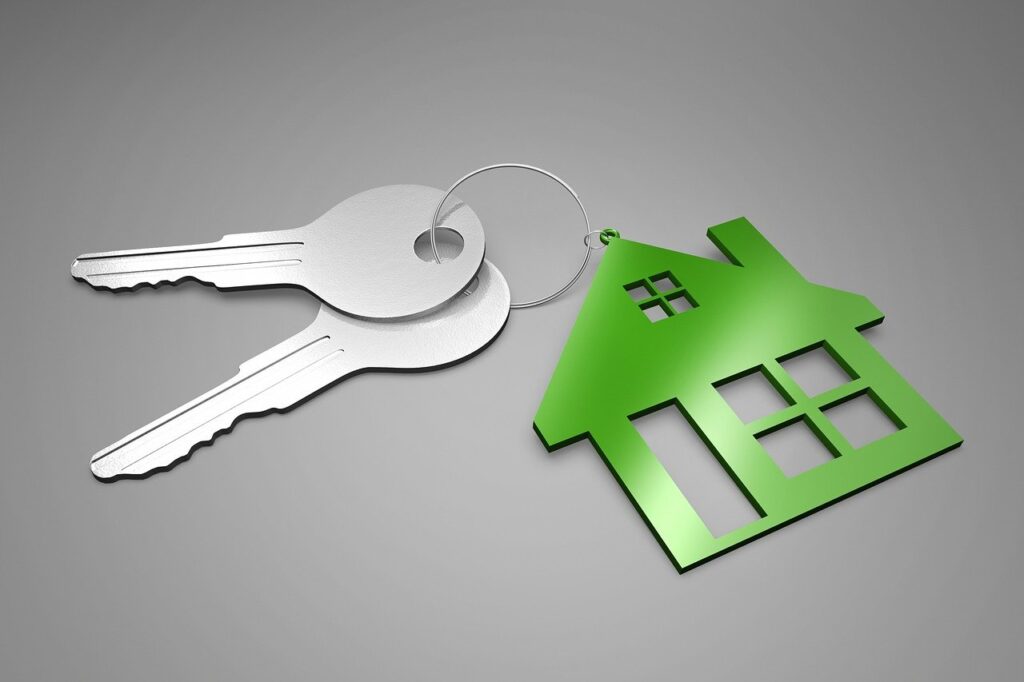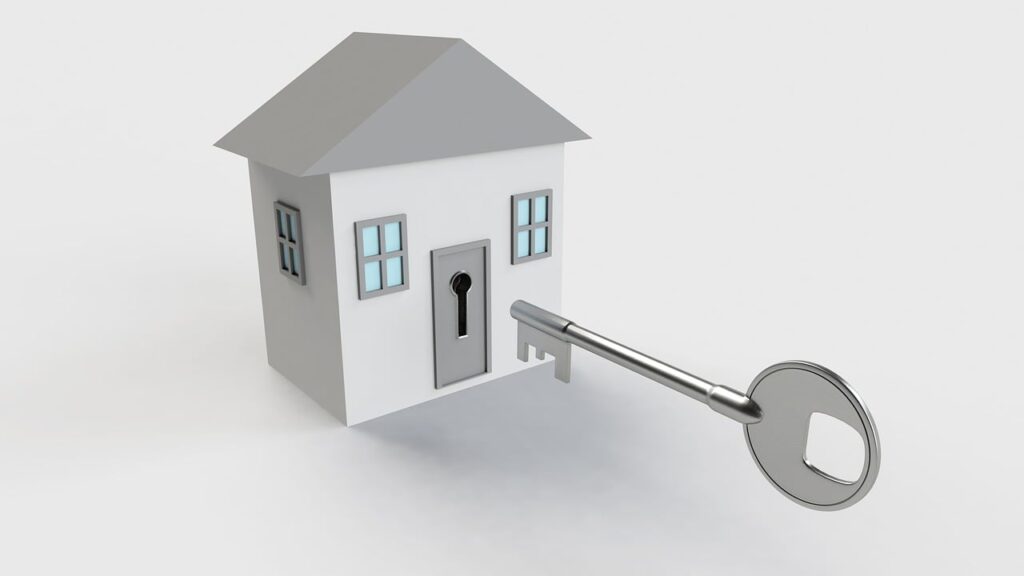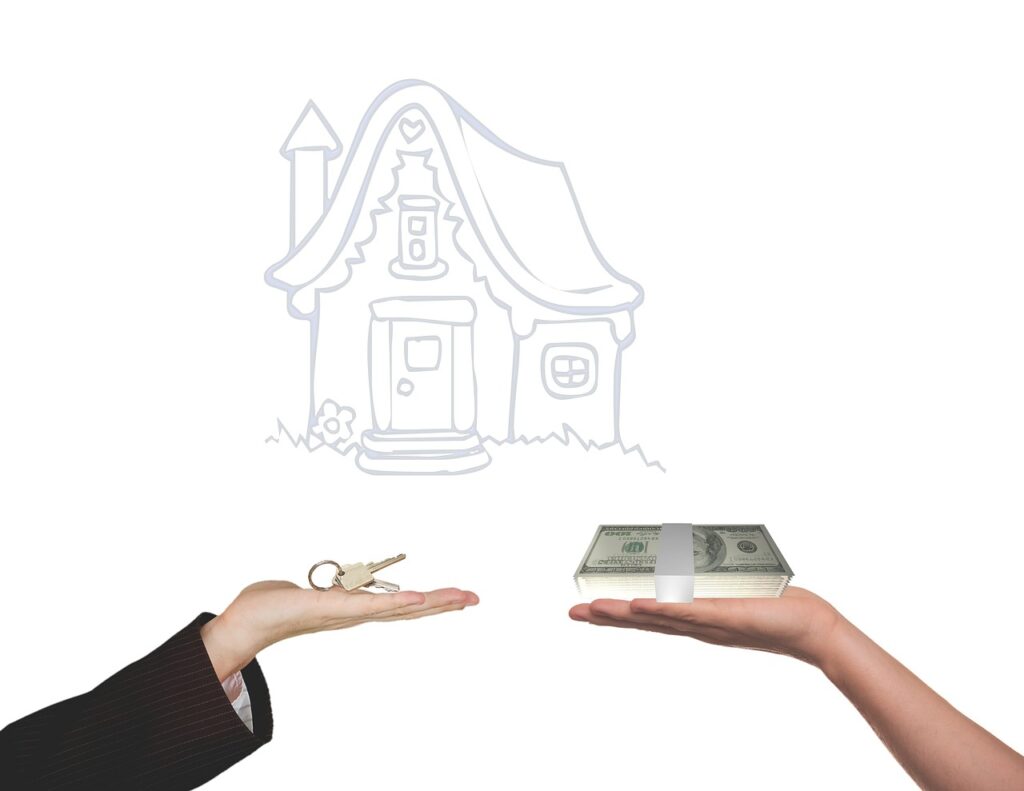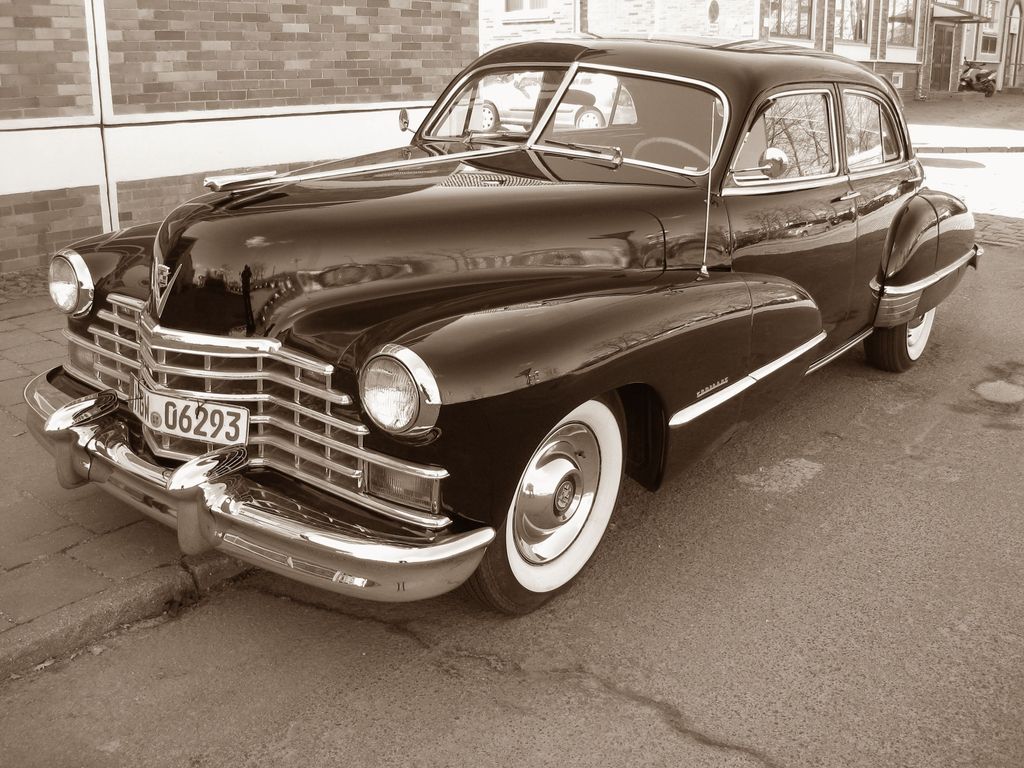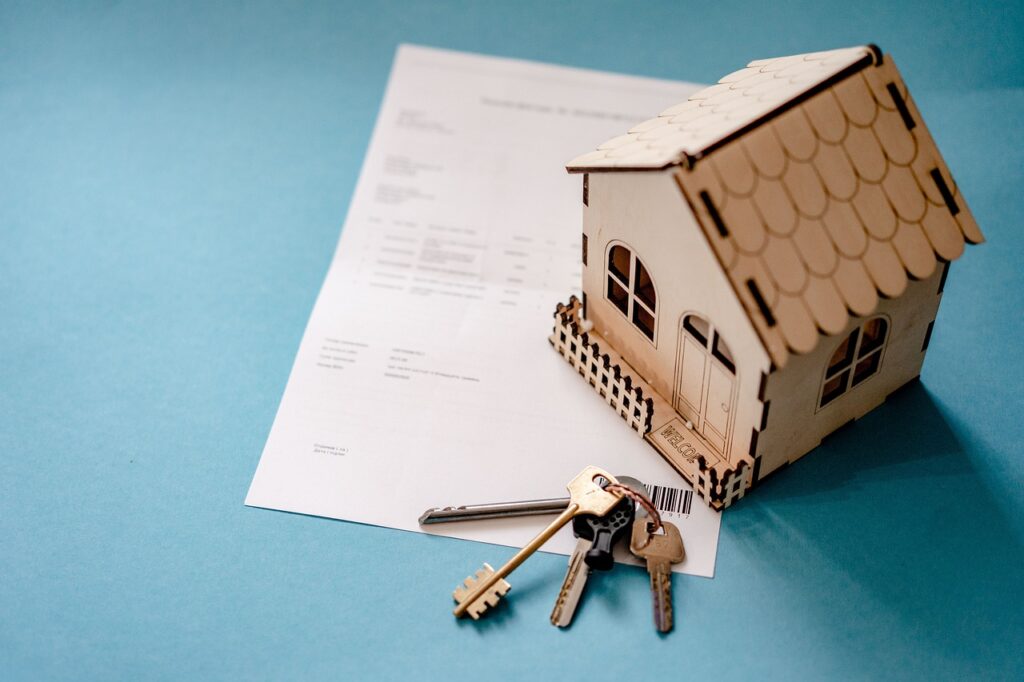
When contemplating any significant purchase, be it a new vehicle, specialized equipment, or even a long-term software subscription, the sticker price often presents only a fraction of the financial commitment involved. Many consumers, and even businesses, tend to focus exclusively on this upfront cost, inadvertently overlooking a cascade of expenses that will accumulate over the asset’s lifespan.
This narrow view can lead to significant budget surprises and suboptimal long-term financial decisions. The true cost of owning an asset extends far beyond its initial price tag, encompassing operating costs, maintenance, insurance, depreciation, and a host of other factors. Understanding these hidden costs is paramount for anyone aiming to make genuinely informed purchasing choices and ensure financial stability.
This in-depth guide is designed to illuminate the complete financial picture of an asset over a seven-year ownership period. While certain industry benchmarks or calculator assumptions might use a five-year timeframe for specific vehicle TCO calculations, the principles and components we will detail are universally applicable. By methodically applying these steps, you can accurately project the total cost of ownership for any asset across a comprehensive seven-year duration, empowering you with the knowledge to select more cost-effective solutions and plan confidently for the future.
1. **Understanding the Core Concept of True Cost of Ownership (TCO)**The True Cost of Ownership, or TCO, offers a holistic perspective on all the expenditures tied to an asset throughout its entire service life. It is not merely the purchase price but a comprehensive sum that reveals the total financial outlay from acquisition to eventual disposal. Grasping this concept is fundamental for sound financial planning and for making choices that will deliver sustained value for years to come.
Many individuals and organizations err by fixating solely on the initial investment. This limited viewpoint can regrettably lead to economically unsound decisions. For instance, an asset that appears cheaper at the point of sale might, over time, accumulate substantially higher costs through increased fuel consumption, more frequent maintenance, or expensive replacement parts.
Such a scenario clearly illustrates how a seemingly attractive low initial cost can cleverly mask considerably larger bills down the line. TCO, therefore, serves as an invaluable analytical tool, empowering consumers with unbiased knowledge. It highlights potential pitfalls, helps evaluate true value for money, and allows for robust long-term financial considerations that marketing claims alone often fail to reveal.
Read more about: The ‘Free’ Test Drive Illusion: Unmasking 14 Hidden Costs Dealers Don’t Want You to Know When Buying a Car
2. **Defining the Ownership Period (7 Years)**Before embarking on any TCO calculation, a critical initial step is to clearly define the intended ownership period for the asset. For the purpose of this comprehensive analysis, we will specifically examine the True Cost of Ownership over a consistent seven-year timeframe. This duration provides a robust outlook, allowing for a more thorough understanding of an asset’s long-term financial implications.
It is worth noting that while some standard TCO calculators, particularly for vehicles, may default to a five-year operating cost estimate, the methodology remains fully adaptable. To conduct a thorough seven-year analysis, you would simply extend the annual expense estimations consistently across those additional two years, applying the same principles for depreciation, maintenance, and other recurring costs.
Extending the analysis to seven years, rather than a shorter period, often amplifies both the financial challenges and benefits of an asset. A longer ownership horizon underscores the importance of durability, efficiency, and reliability, as annual costs will compound over a greater number of years. This extended perspective is essential for assessing whether a current asset continues to be cost-effective or if exploring alternative options might be a more prudent financial move.
Read more about: Power, Style, and Legacy: 14 Classic Cars from the ’70s That Live On
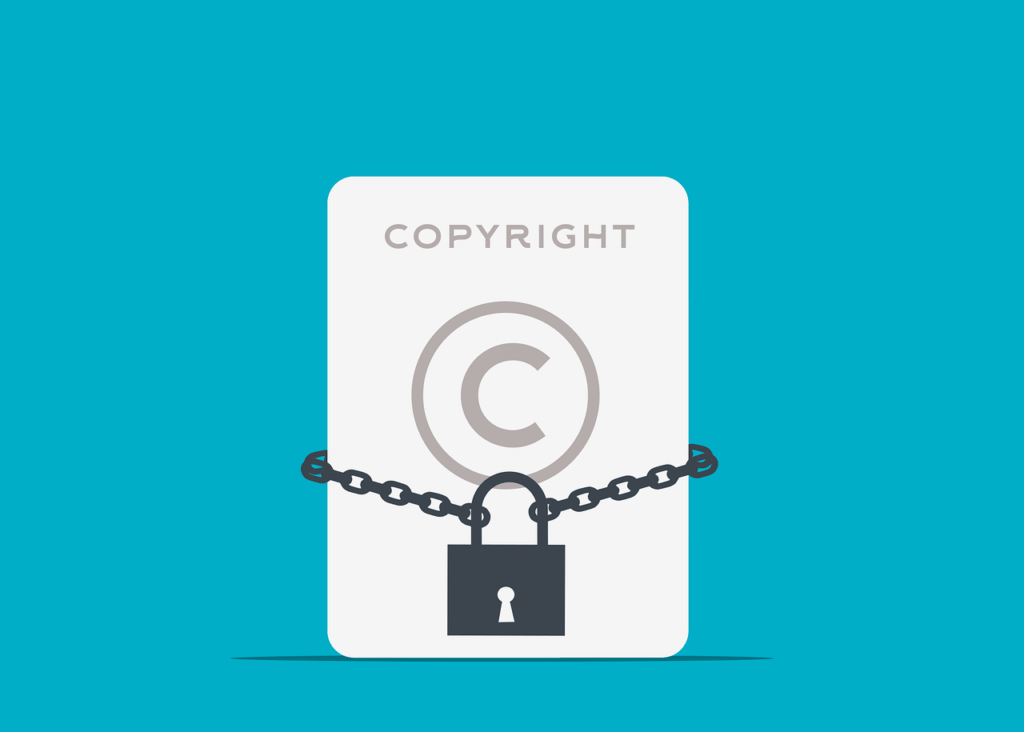
3. **Calculating the Initial Purchase Price/Acquisition Costs**Acquisition costs represent the foundational expenses incurred at the very outset of owning an asset. These are the immediate financial outlays required to take possession and prepare the item for use. Accurately tallying these initial figures is the crucial first step in any credible True Cost of Ownership calculation.
For brand-new vehicles, the initial purchase price typically encompasses several components. This includes the vehicle’s market value, the cost of any factory-equipped options, destination charges, base taxes and fees assessed by your specific state, and, if applicable, a gas guzzler tax. Any widely available manufacturer-to-customer cash rebates should also be factored in as a reduction to this initial sum, as they directly reduce the capital required upfront.
In the case of pre-owned assets, such as used cars, the total cash price is determined differently. It is calculated as the sum of the vehicle’s private-party value price, assuming it is in “clean” condition, along with any typically equipped options and the base taxes and fees levied by your state. Regardless of whether an asset is new or used, precisely inputting this upfront cost is fundamental to setting the correct baseline for your TCO analysis.
4. **Estimating Depreciation Over 7 Years**Depreciation stands as one of the most significant, yet often overlooked, components of True Cost of Ownership. It represents the quantifiable amount by which an asset’s value diminishes from its initial purchase price to its estimated resale value over time. This loss in value is a real expense, even if it doesn’t involve an immediate cash outflow, directly impacting the asset’s overall financial performance.
For a comprehensive seven-year TCO analysis, estimating depreciation involves projecting this value decline over the entire period. Our methodology assumes that the resale value is based on the asset being in “clean” condition and driven approximately 15,000 miles per year, with the expectation of being sold to a private party. This annual mileage assumption provides a consistent basis for projecting wear and tear over seven years.
Understanding depreciation is critical because it directly contributes to the total financial weight of owning an asset. While no resale value can be absolutely guaranteed, and is always an estimate, leveraging average market data or applying a fixed annual percentage loss—for instance, 15%–20% for vehicles in their initial years—provides a practical and actionable estimate. This proactive estimation allows for a more realistic understanding of the net cost of ownership.
Read more about: From CoupleGoals to ‘Dump Him’: How Celebrity Breakups Are Changing Our View of Love and What It Says About Us All

5. **Assessing Insurance Premiums Annually**Insurance premiums constitute another essential annual fixed cost within the True Cost of Ownership calculation, providing crucial protection for your asset against potential damage, theft, or liability. These ongoing payments are indispensable for safeguarding your investment and mitigating unforeseen financial risks over the seven-year ownership period.
The estimation of insurance premiums is often based on comprehensive annual premium data gathered from major national insurers. This data considers defined driver profiles and standard coverages, including liability, comprehensive, and collision. These benchmarks provide a general indication of expected costs, specific to the vehicle’s make, model, model year, and body type.
It is vital to recognize that while these industry averages offer a starting point, your personal circumstances can significantly alter the actual premium quoted by an insurer. Factors such as your age, marital status, credit history, driving record, and even the garaging address of your vehicle will directly influence your final rate. Therefore, to achieve the most precise TCO calculation, it is advisable to use your current premium or obtain specific quotes for more accurate figures tailored to your unique profile.
Read more about: The Unexpected Urban Conundrum: Why Owning a Car in the City Can Become a Significant Liability
6. **Factoring In Financing Interest**For many significant asset purchases, financing is a common approach, and the interest accrued on a loan is a substantial, yet sometimes underestimated, component of the True Cost of Ownership. This expense represents the additional money paid to borrow the funds for the asset, directly impacting the total financial burden over the ownership period.
Typically, financing calculations assume specific parameters, such as a 10% down payment and a loan term of 60 months. The interest rate applied is usually the prevailing rate that banks and other direct automotive lenders offer to consumers in your geographic region who possess above-average credit scores. While a 60-month loan would be fully repaid within five years, its financial impact remains relevant for a seven-year TCO.
Even if an asset is purchased outright with cash, the concept of financing cost remains pertinent through what is known as “opportunity cost.” This reflects the estimated amount you could have potentially earned if the purchase price had been invested elsewhere instead of being used to acquire the asset. Thus, including this cost provides a more complete financial picture, recognizing the capital’s alternative earning potential. To accurately calculate this, input details such as the loan term, interest rate, down payment, and monthly payment.
Read more about: Beyond the Sticker Price: Unveiling How Car Dealers Secretly Add Thousands to Every Sale Through Financing and Hidden Charges

7. **Accounting for Taxes and Fees**The array of taxes and fees associated with owning an asset forms another recurring, yet sometimes overlooked, element within the True Cost of Ownership. These governmental charges are essential for legal ownership and operation, directly contributing to the total financial outlay over the asset’s seven-year lifespan.
This category primarily encompasses base sales or use taxes, alongside annual license and registration fees mandated by your state. Additionally, if applicable, specialized charges like a gas-guzzler tax would be included. The state sales/use tax rate considered typically integrates the average local and county taxes assessed within that specific state, offering a comprehensive view of these obligations.
An important consideration for long-term TCO calculations is that these taxes and fees are often based on a percentage of the asset’s purchase price. Consequently, they tend to decrease incrementally as the vehicle or asset ages and its market value naturally depreciates. It is crucial to account for these initial and recurring licensing and registration costs accurately to ensure a realistic and complete True Cost of Ownership estimate.
Having laid the essential groundwork, our journey into uncovering the true cost of ownership now shifts to a deeper examination of the variable expenses and strategic applications of TCO insights. This section will guide you through the remaining crucial steps, providing the tools to conduct a comprehensive seven-year TCO analysis and make truly informed financial decisions.
Read more about: Beyond the Sticker Price: Unpacking the Steep Rise in Car Registration Fees Across the U.S.
8. **Factoring in Fuel Costs**Fuel is often one of the most substantial variable costs associated with owning many assets, particularly vehicles, and its impact compounds significantly over a seven-year ownership period. While the upfront purchase price grabs immediate attention, the ongoing expense of powering an asset can easily be underestimated, leading to considerable budget discrepancies if not properly factored into TCO.
Our methodology for estimating fuel costs is comprehensive, assuming consumption patterns of 45% highway and 55% city driving. These figures are then applied to the vehicle’s revised EPA mileage ratings and estimated using the current one-year moving average of self-service fuel prices in your specific state. Furthermore, the calculation considers the specific fuel type required by the manufacturer, whether it’s regular unleaded, premium unleaded, or diesel fuel.
Crucially, our TCO calculations also assume that the vehicle will be driven approximately 15,000 miles per year. This consistent annual mileage figure allows for a robust projection of fuel consumption over the entire seven-year period. While personal driving habits and fluctuating fuel prices will naturally cause variations, this standardized approach provides a reliable baseline for comparing different assets and understanding their long-term fuel expenditure.
Read more about: Unpacking the Wallet Drain: The 12 Most Expensive SUVs to Maintain in Today’s Market for Savvy Long-Term Planners
9. **Understanding Maintenance Expenses**Maintenance costs are another essential, yet often underestimated, component of an asset’s true cost of ownership. These expenses are vital for ensuring the longevity, safety, and operational efficiency of your asset over its seven-year lifespan, preventing minor issues from escalating into far more expensive problems.
Maintenance is broadly categorized into two types: scheduled and unscheduled. Scheduled maintenance involves performing factory-recommended services at specific mileage or calendar intervals, such as oil changes, tire rotations, and fluid checks. These are predictable costs that should be integrated into your annual TCO projections.
Unscheduled maintenance, however, accounts for unexpected but necessary repairs and replacements. This includes items like wheel alignments, battery replacement, brake component servicing, headlight and taillight bulb replacements, hose inspections, exhaust system repairs, and, significantly, tire replacements. Estimated tire replacement costs, for instance, are often sourced from specialized providers to ensure accuracy.
Over seven years, these maintenance events, both planned and unplanned, accumulate. Proactively budgeting for them based on historical data and expert estimates is crucial for a realistic TCO. Consistent and timely maintenance can also help preserve the asset’s condition, potentially improving its resale value when the time comes for disposal.
Read more about: The Hidden Costs: Unmasking the Real Reasons Your Electric Bill Exploded After Bringing Home an EV
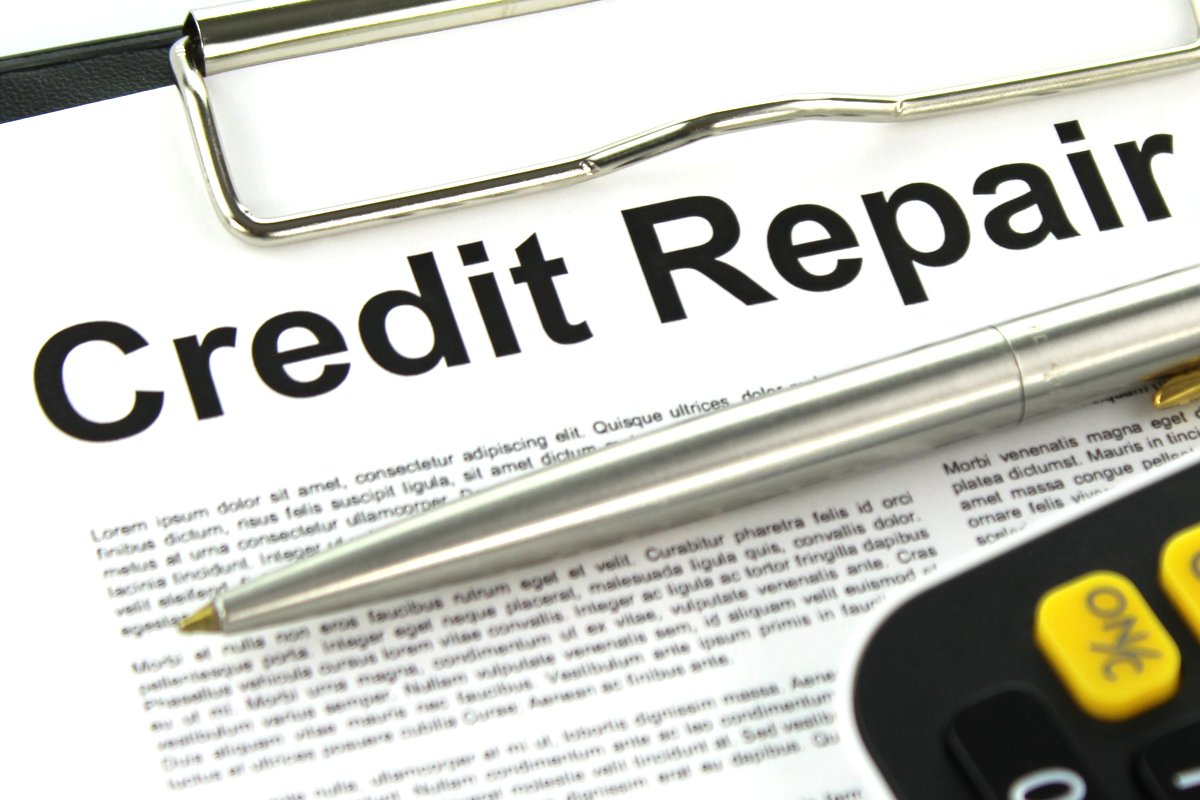
10. **Anticipating Repair Costs**Beyond routine maintenance, unforeseen repairs represent another significant financial consideration, particularly as an asset ages over a seven-year ownership period. These are expenses for fixes that are typically not covered by the vehicle manufacturer’s original warranties and can emerge unexpectedly, making their accurate estimation vital for comprehensive TCO planning.
Our approach to estimating these out-of-warranty repair expenses over five years from the date of purchase, assuming 15,000 miles driven annually, offers a prudent projection. This estimation is often based on the typical cost of a “zero deductible” extended warranty for the specific vehicle, with a deduction for the warranty provider’s overhead and profit components. This method provides a reasonable proxy for potential repair outlays.
It is important to understand that while manufacturer warranties provide initial peace of mind, their coverage eventually expires. As an asset enters its later years of a seven-year ownership cycle, the likelihood and potential cost of repairs increase. Factoring these projected costs into your TCO calculation is essential to avoid significant financial surprises and ensures you have a complete picture of the asset’s long-term financial commitment.
Read more about: Unpacking the Wallet Drain: The 12 Most Expensive SUVs to Maintain in Today’s Market for Savvy Long-Term Planners
11. **Leveraging Federal Tax Credits**While most TCO components represent expenses, federal tax credits can offer a valuable offset, directly reducing the overall cost of ownership for specific qualifying assets. For instance, the Energy Policy Act of 2005 provides a tax credit designed for electric fuel vehicles, incentivizing the adoption of more energy-efficient transportation options.
It is critical to understand that a federal tax credit is a direct reduction from the total amount of federal tax you owe, making it a powerful financial benefit. Unlike a tax deduction, which only reduces your taxable income, a credit directly lowers your tax bill dollar-for-dollar. This can significantly impact the net cost of acquiring and owning an eligible asset over the seven-year period.
However, eligibility for these credits is subject to specific criteria and certain phaseout rules that must be taken into consideration. Typically, the credit is available only to the original purchaser of a new qualifying vehicle. If a qualifying vehicle is leased to a consumer, the leasing company may be the party entitled to claim the credit. Verifying current eligibility and specific vehicle qualifications is paramount to accurately integrating this potential saving into your TCO calculation.
Read more about: The Hidden Costs: Unmasking the Real Reasons Your Electric Bill Exploded After Bringing Home an EV

12. **Calculating the Total True Cost of Ownership**Once all the individual cost components—from initial acquisition and depreciation to ongoing insurance, financing, taxes, fuel, maintenance, repairs, and any applicable tax credits—have been meticulously estimated over the seven-year ownership period, the next crucial step is to aggregate these figures to arrive at the comprehensive True Cost of Ownership.
This summation brings together every financial outlay associated with the asset, offering a holistic perspective that transcends the simple sticker price. The basic formula for Total Cost of Ownership often takes the form of: TCO = Purchase Price + (Recurring Costs × Years) + Financing Costs + Depreciation. Within this, recurring costs encompass elements like fuel, maintenance, insurance, and taxes, all meticulously projected across the defined seven-year span.
The final TCO figure represents the total financial burden from the moment you acquire the asset until its eventual disposal. It’s the ultimate financial scorecard, revealing the complete investment required. This comprehensive total is indispensable for making truly informed purchasing decisions, helping to prevent financial surprises and fostering more predictable long-term budgeting.
Read more about: Beyond the Sticker Price: Unpacking the Steep Rise in Car Registration Fees Across the U.S.
13. **Interpreting and Comparing TCO Results**Simply calculating the True Cost of Ownership is only half the equation; the real power lies in interpreting these results and using them as a robust comparative tool. TCO is designed to be a benchmark, allowing you to move beyond surface-level prices and truly understand the long-term financial implications of different asset choices.
When evaluating multiple items—be it different vehicle models, pieces of equipment, or even software solutions—the TCO calculator enables a side-by-side comparison that illuminates which option offers the best value over the entire seven-year period. An asset with a higher initial purchase price might, surprisingly, present a lower TCO if it boasts superior fuel efficiency, reduced maintenance needs, or a stronger resale value.
Conversely, an asset that appears affordable upfront could reveal itself to be a long-term money pit due to high operating costs or rapid depreciation. This comparative insight is invaluable for identifying genuinely cost-effective solutions and empowering consumers to make choices that align with their long-term financial goals. Remember, while TCO provides excellent estimates, your personal driving habits and specific circumstances will always influence actual costs.
Read more about: Decoding America’s Automotive Stratification: An In-Depth Look at Vehicle Classifications

14. **Using TCO for Strategic Decision-Making**Beyond merely comparing options, a well-executed TCO analysis provides a powerful foundation for strategic decision-making in both personal and business finance. It transforms abstract financial data into actionable insights, enabling you to optimize budgets, forecast future expenses, and negotiate more effectively.
By dissecting the various cost categories, TCO results can highlight specific areas where cost-saving opportunities exist. For example, consistently high fuel or maintenance costs for an existing asset might indicate that it’s nearing the end of its economically viable life, prompting a strategic review for replacement with a more efficient model. As many financial experts often assert, “You can’t manage what you don’t measure,” and TCO provides that crucial measurement.
Furthermore, having a clear understanding of an asset’s projected seven-year TCO gives you significant leverage during negotiations. Armed with this knowledge, you can advocate for a lower purchase price, better extended warranty terms, or more favorable service contracts, ultimately improving your overall financial outcome. This strategic application of TCO data moves beyond simple calculation to proactive financial management.
Read more about: The Unveiling of a Corporate Betrayal: How Political Pressure and Power Plays Led to the Untimely End of Stephen Colbert’s Late Show Era
15. **Regular Review and Updates for Long-Term Value**The True Cost of Ownership is not a static calculation to be performed once and forgotten; it is a dynamic process that benefits immensely from regular review and updates throughout the seven-year ownership period. Market conditions, usage patterns, fuel prices, and maintenance needs are all subject to change, and revisiting your TCO estimates ensures your financial picture remains accurate and relevant.
It is advisable to update your TCO calculations annually, or whenever significant changes occur, such as a substantial shift in driving habits, a major unexpected repair, or fluctuations in insurance premiums or fuel costs. This continuous assessment allows you to monitor the asset’s performance against its projected costs, making it possible to identify potential deviations early and adjust your financial planning accordingly.
This ongoing engagement also reinforces the value of proactive maintenance strategies. By understanding how maintenance costs impact the overall TCO, you are better equipped to invest in preventative care, thereby reducing the likelihood of costly unscheduled repairs and minimizing downtime. Ultimately, a living TCO analysis supports strategic asset replacement planning, helping you determine the optimal point at which it becomes more financially prudent to replace an aging asset rather than continue to incur increasing operational expenses.
Embracing the comprehensive methodology of True Cost of Ownership calculation over a seven-year period transforms how you approach significant purchases. It moves you past the allure of the initial price tag to reveal the complete financial commitment, empowering you with the insights needed to make astute, data-driven decisions that foster long-term financial health and stability. This rigorous approach is not just about avoiding surprises; it’s about confidently planning for a more cost-effective future.”
Read more about: The CVT Conundrum: 10 SUVs Graded on Transmission Reliability – From Bulletproof to Breakdown-Prone
,”_words_section2″: “1571


